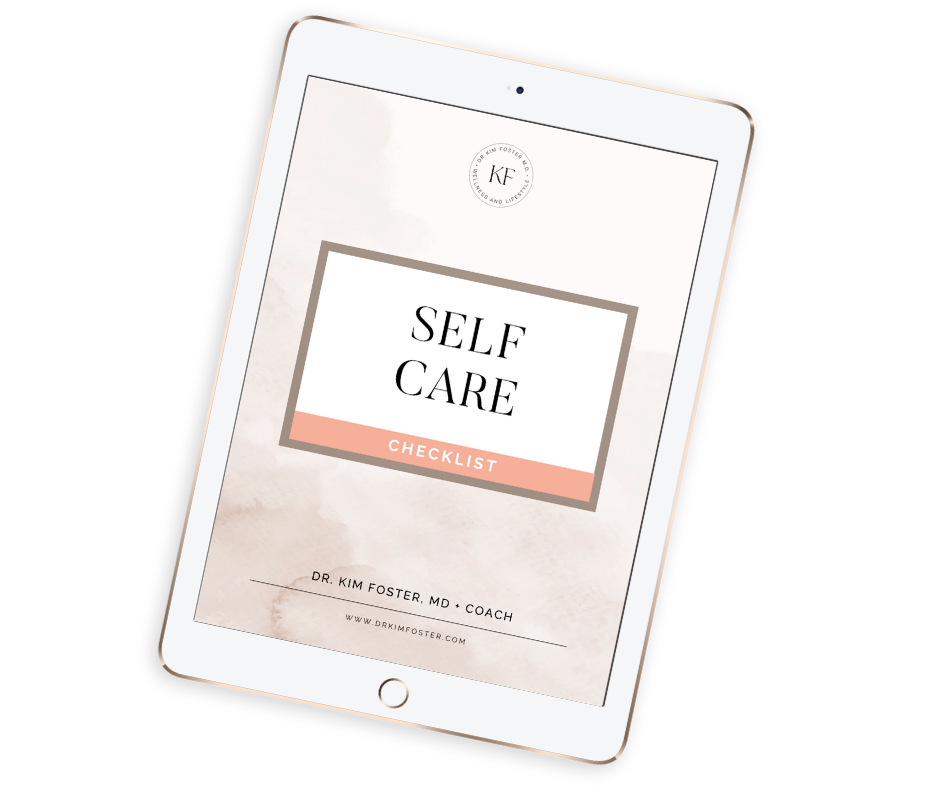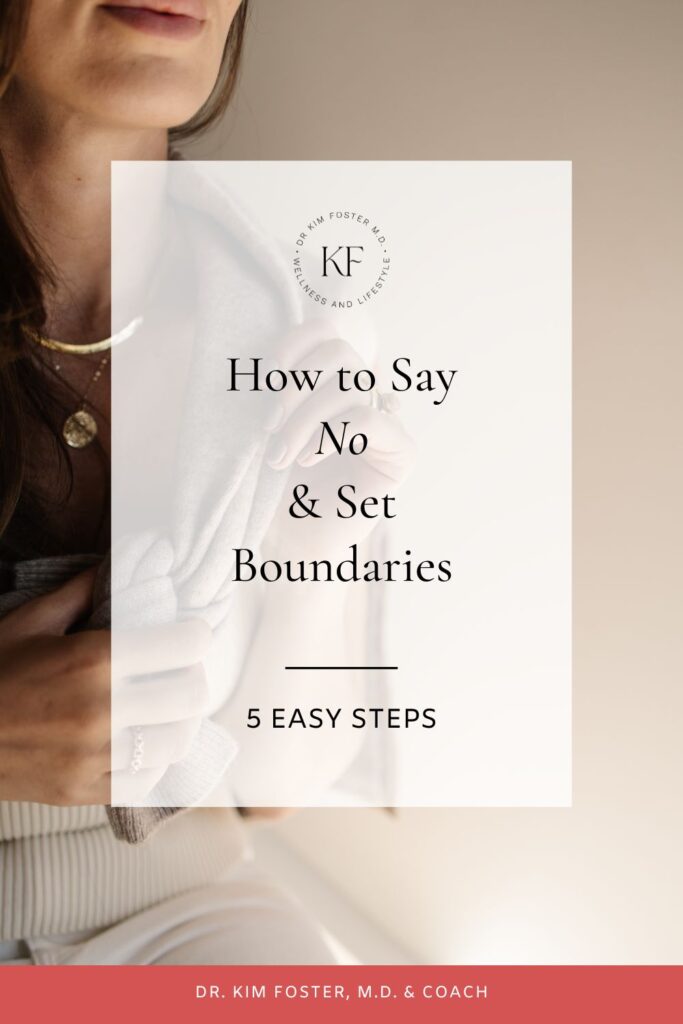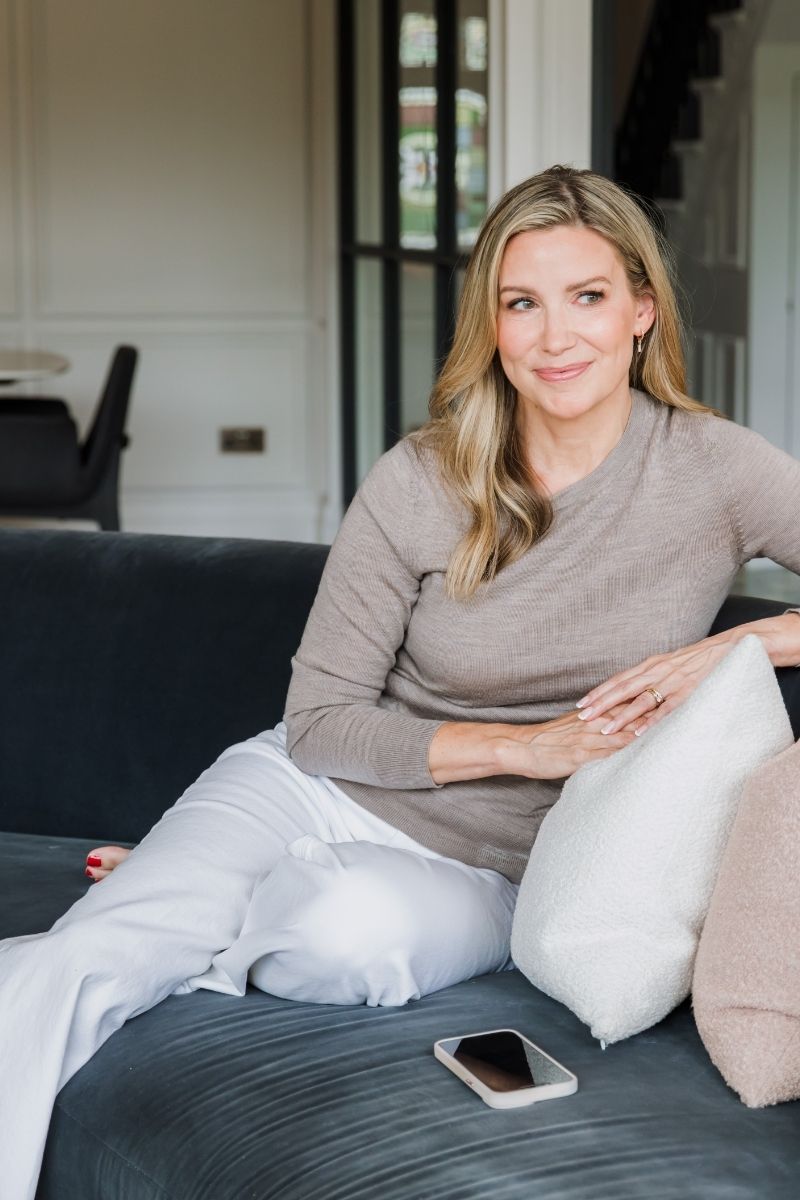When I was younger, saying no felt almost impossible.
No matter how overloaded I was, I couldn’t resist the urge to help whenever someone asked.
I’d take on extra tasks at work, volunteer for countless activities, and attend every event, stretching myself thinner and thinner.
This relentless cycle of overcommitment led to burnout, and I realized something had to change.
If you can relate, you also probably find it hard to say no. As women, we’re conditioned to prioritize others’ needs, even when it costs us our own well-being.
But here’s the thing: when we say yes to everything, we hand over control of our lives and let others dictate our path.
I finally broke free from the ‘yes trap,’ and I want to help you do the same. So in this week’s article and YouTube video, I’m sharing five guilt-free strategies for setting boundaries and reclaiming your life.
1. The Importance of Saying No
The first step is to understand why saying no is so essential.
We all only have so much time and energy. Every time we say yes to something we don’t want to do, we take time and energy away from the things that truly matter to us.
The inability to say no and set boundaries means you could be spending your life doing what everyone else wants and not doing any of the things YOU really want to do.
Eventually, this will lead to a whole lot of stress, burnout, and resentment.
Looking back, I see how saying yes to everything affected my mental and physical health.
I was constantly exhausted and stressed. I was constantly running from place to place, yet I never achieved anything that genuinely made me happy. I also became resentful of my commitments, which affected my work and personal relationships.
However, learning to say no changed everything.
I began to set boundaries and prioritize my well-being. Almost instantly, my well-being improved, and I had the time and energy to give my all to the commitments I chose to keep.
I also became much more present, productive, and happier.
2. Why It’s So Hard To Say No
We put others’ needs before our own because we find it so difficult to say no to people. But why is it so hard?
There are a few reasons that may be behind it, and understanding the root cause is vital to overcoming it:
- Fear of disappointing others – You might worry that by saying no, you will let people down, harm relationships, or make others think less of you. This fear often comes from a deep desire to be liked and accepted. We mistakenly equate saying yes with being a good friend, partner, or colleague.
- The desire to please – From a young age, we’re taught to be agreeable and accommodating. This results in a tendency to people-please, consistently putting others first without considering our own needs.
- Guilt and obligation – You might feel guilty for saying no as if you’re avoiding responsibility or being selfish. Or you may feel obligated to say yes due to social or cultural expectations. This guilt can be paralyzing and makes it incredibly difficult to assert your own needs.
Self-reflection is crucial to understanding the root cause of your inability to say no. Take a moment to think about the last few times you said yes when you really wanted to say no.
What were the underlying reasons?
Were you afraid of conflict or hurting someone’s feelings?
Did you feel pressured by social norms or your desire to be liked?
3. Assess Your Priorities
Next, determine what truly matters to you and then compare these values with what you say yes to.
Start by making a list of your top priorities, such as family, career, health, personal growth, or hobbies.
Next, evaluate your current commitments. Are the things you’ve said yes to recently aligned with your top priorities?
Are they bringing you joy and fulfillment? Or are they causing stress and burnout?
It’s crucial to be really honest with yourself here. Remember, every time you say yes to something, you’re saying no to something else. So, ensure you’re only saying yes to what truly matters to you.
4. Use Assertive Communication
Knowing you should say no and actually saying no are two completely different things. It’s totally possible to want to say no but find yourself saying yes.
Why does this happen?
Because you don’t know how to set boundaries and assert yourself.
One common mistake we make when trying to say no is being vague or making excuses.
Instead, your no should be clear and direct. You don’t owe anyone a long explanation for why you’re saying no.
For example, instead of saying, ‘I don’t think I can because…,’ simply say, ‘I won’t be able to.’
Another way to make your communication more assertive is to use ‘I’ statements. So instead of saying, ‘You always ask me to do extra work,’ say, ‘I feel overwhelmed when I have to take on additional tasks.’
This approach avoids placing blame, making the other person more likely to understand and respect your boundary.
5. Offer Alternatives and Solutions
Offering alternatives and solutions can help to soften the blow of saying no and make you feel less guilty.
You could suggest a different way to help or offer a compromise, which shows you still care about the person or situation, even if you can’t fulfill the request.
If you really want to help out or take on the request but don’t have the time right now, you could say, ‘I can’t help right now, but I’d be happy to assist you next week when I have more availability.’
You can also offer a partial solution if you don’t have the capacity to commit to the whole project but still want to help. For example, you can offer to help with one aspect of the project rather than manage the entire thing.
Alternatively, you can refer the person to someone else or to some resources that could help them.
Finally, remember to express your gratitude for being considered. This helps to maintain a good relationship and leaves the door open for future opportunities.
Final Thoughts
Did you find these tips helpful?
Then, be sure to watch the full episode on YouTube, where I dive deeper into these five strategies. In the video, I also share scripted responses for saying no that you can use in different scenarios.
Here’s where you can watch:
Finally, I’m interested to hear about your struggles with saying no. What do you think are the reasons behind it? Are you a people pleaser? Do you struggle with a lot of guilt?
Share in the comments below!
Download my FREE Self-Care Checklist!


FREE CLASS!
Looking to take your wellness journey to the next level?
The 3 Secrets For Stepping Into A Meaningful New Career Without Wasting Time Or Money
- find out why health & wellness coaching is a skyrocketing industry that can provide the freedom and fulfillment you’ve been craving
- discover the 3 biggest myths about health & wellness coaching that will hold you back (and what the truth is instead)
- learn the secret sauce for getting amazing results for your clients (and building a profitable business as a wellness coach)
…and more!







